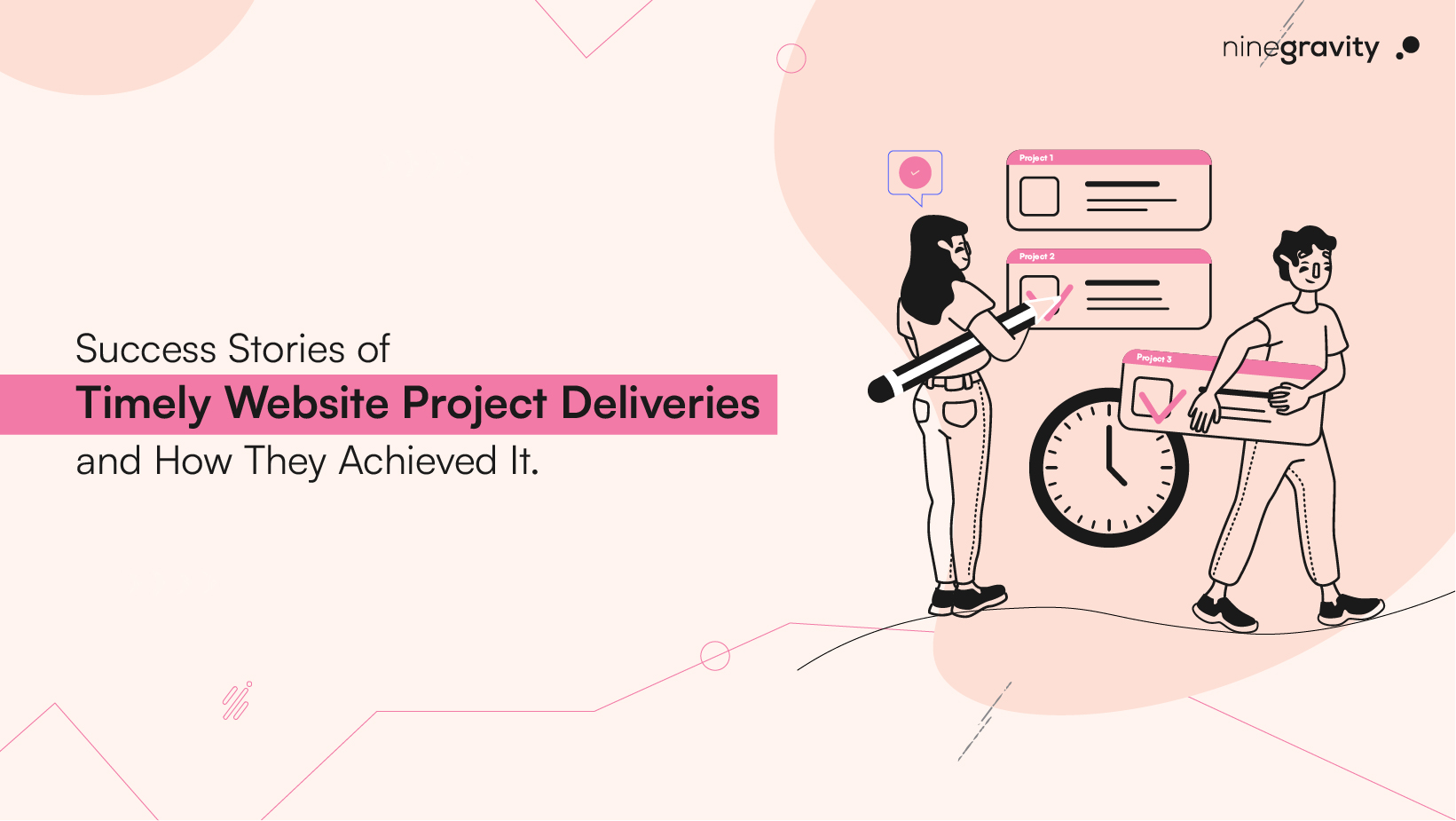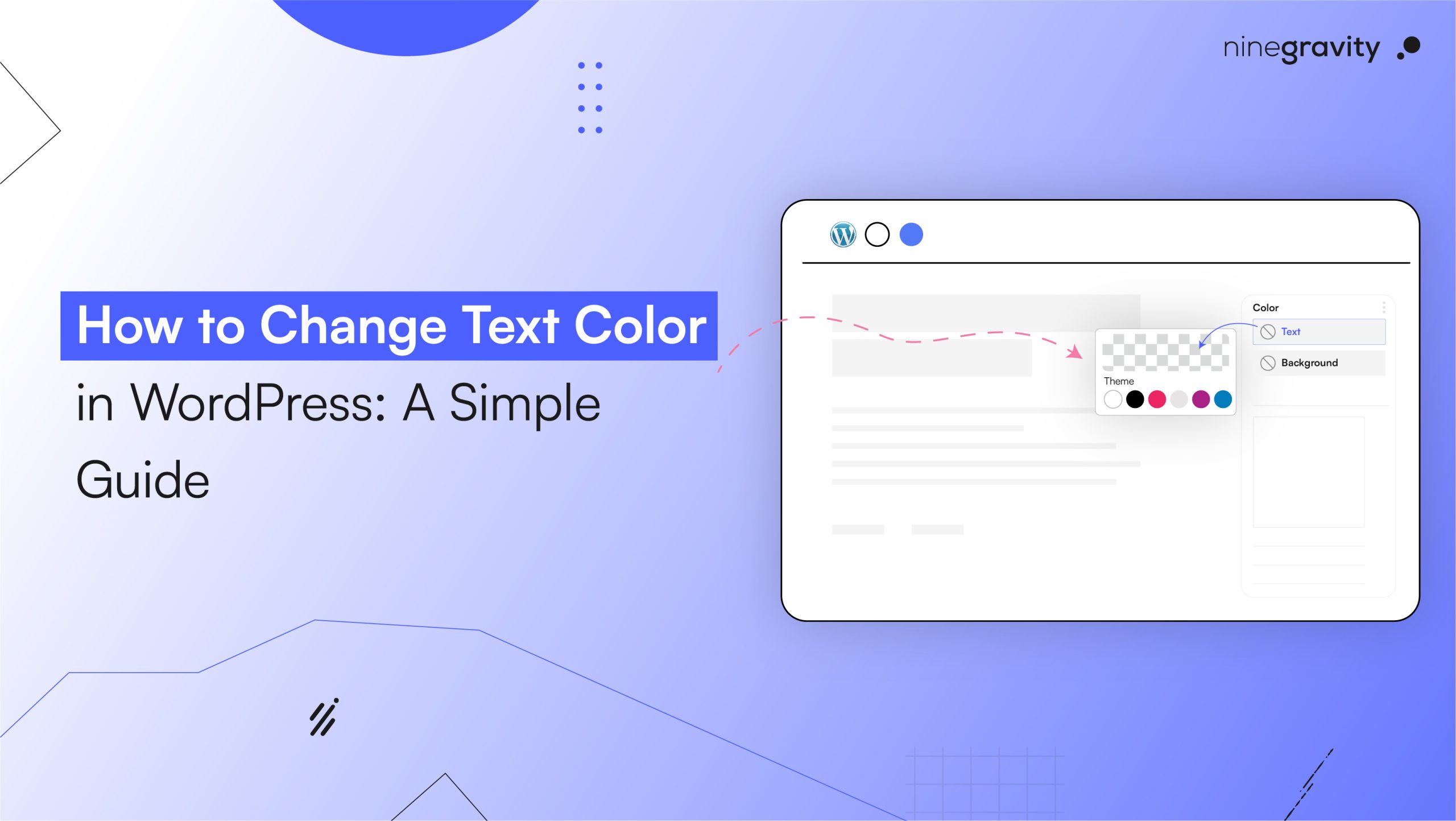Introduction
A project is defined as a success when it meets not only each requirement for budget and deadline for delivery but also the quality expectations of the receivers. Now, when it comes to Timely Website Project Deliveries, we witness an entire process of planning, building, and monitoring a website. This process requires a unique development team of web designers, developers, QA engineers, and an experienced project manager.
Success Stories of Timely Website Project Deliveries
Success Story 1:
This story elaborates on the journey of a project manager who created a team of skilled engineers to tailor a website project. The website project was to be delivered to a multi-national client within a time frame of eight months.
There were challenges as well. It was a complex project that came with international stakeholders as well as language and cultural barriers. The clients’ vision of objectives and expectations had to be matched for the project to be a success.
The successful delivery of the website project was widely based on the team’s strong management skills. The experts collaborated regularly to discuss each step and to keep everyone on track with the updates.
The project manager introduced an effective project approach that kept the process flexible. The website project delivery was done on time. Also, the team achieved an experience handling a project with global stakeholders in spite of communication barriers. They followed up on a schedule to keep the clients updated regularly and maintain objective quality.
Success Story 2:
This story follows a former U.S. Army officer, J. Leider, who was also a web developer. He got introduced to the Vue.js framework in 2016. Getting inspired by its minimal design, Leider planned to build a UI framework and named it Vuetify. After receiving an overwhelming response after launching it on GitHub, he decided to quit his job and turn into a full-time open-source developer. The Vuetify store became a highly successful revenue generator for his business, while Leider monetized his creation through digital content, ad revenue, paid support, and donations.
While the initial income of Vuetify through Patreon and GitHub was $6500/month, it stands at an average of $25k/month currently.
Success Story 3:
Kelly started his venture, Never Settle, with $5k at hand. Taking the initiative to build a platform that takes care of both staff and clients, Kelly focused on creating his powerful digital agency. The internationally recognized website, mobile, and marketing solutions have handled over 1,000 projects since their beginning in 2016. Currently, the revenue Never Settle generates stands at $1.8 million per year.
There are various factors that lead to a website project’s success. All our success stories have a few factors common among them that pushed us to become positively effective.
Understanding Digital Capacity :
- The first step should be to check the team’s capability and take a measurement of internal support.
- Discussion regarding the short, medium, and long-term website plan with the team is a factor that helps to generate success.
- Conducting a targeted gap analysis on the website is a good way to ensure its capabilities.
Understanding Client’s Requirement :
It is most necessary to understand the client’s perspective before delivering it. As project builders, the developers may try to view it through their own understanding, but ultimately, the website project has to be user-centric.
Documentation:
- Website project designs often go through various iterations before coming to the final version. Controlling the version will help in understanding the changes.
- Keeping a record of the project and documenting it helps to pick the project up if it was left halfway.
- Setting up a list of documentation from the beginning of the website project is important.
Choosing CMS:
- Conducting a wide CMS research and getting up to date with its pros and cons will help to finalize the CMS.
- Having clear communication with both internal and external networks is an effective step.
- WordPress, Drupal, and Shopify are some of the most popular CMSs.
Cohesion:
- Putting together a SWOT analysis for rebranding is a great way to convince the stakeholders.
- Stakeholders will need to understand the alignment of brand and web.
UX Befor UI:
- Stakeholders need to think about UX first.
- Making the clients understand how efficient the website is. Most flashy websites may not always be the most resourceful ones.
Plan the Approach to Content:
- Keep enough time at hand and finalize a strong approach to content while beginning the process.
- Discussing the project management approach with the agency will help divide the responsibility.
- 5 R’s to follow: Replicate, Redeploy, Restructure, Rewrite, and Remove.
Launching Successfully & Delivery
- Careful timing, thorough testing before launch, and regular checking after launch are necessary to ensure success.
- Conducting a final review of SEO and technical factors will help in timely delivery.
Tools for Website Project Planning
Timely delivery of a website project depends highly on the quality and implementation of the plan. Here is a list of tools that assist in planning the website project effectively:
- ProofHub: It tracks the entire project development lifecycle, where team members can share updates, collaborate on tailoring tasks, and report on progress.
- Strikingly: In case, the client wishes for a quick website launch without technical requirements, this is a highly efficient website builder.
- Github: A highly powerful code management platform used to create project repositories and track progress. This tool offers extensive features, including version control, and pipeline deployments.
- InVision: This is one of the most proficient tools for fast wire-framing, prototyping, and front-end designs. Through this platform, team members can share design ideas visually and develop functional wireframes.
Each website is unique and comes with its own form of challenge. Therefore, delivering website projects on time while maintaining expected quality requires confident practice methods, smart tips and tricks to guarantee success, and website specifics.



